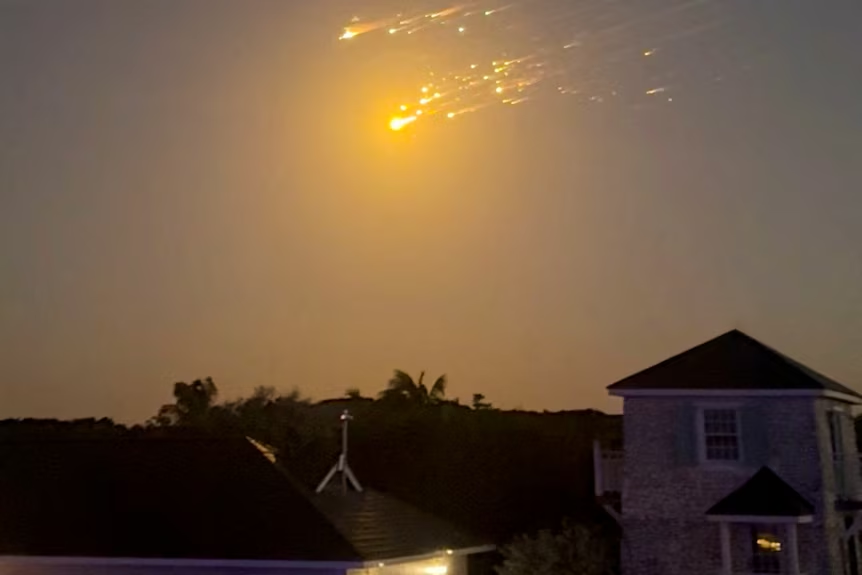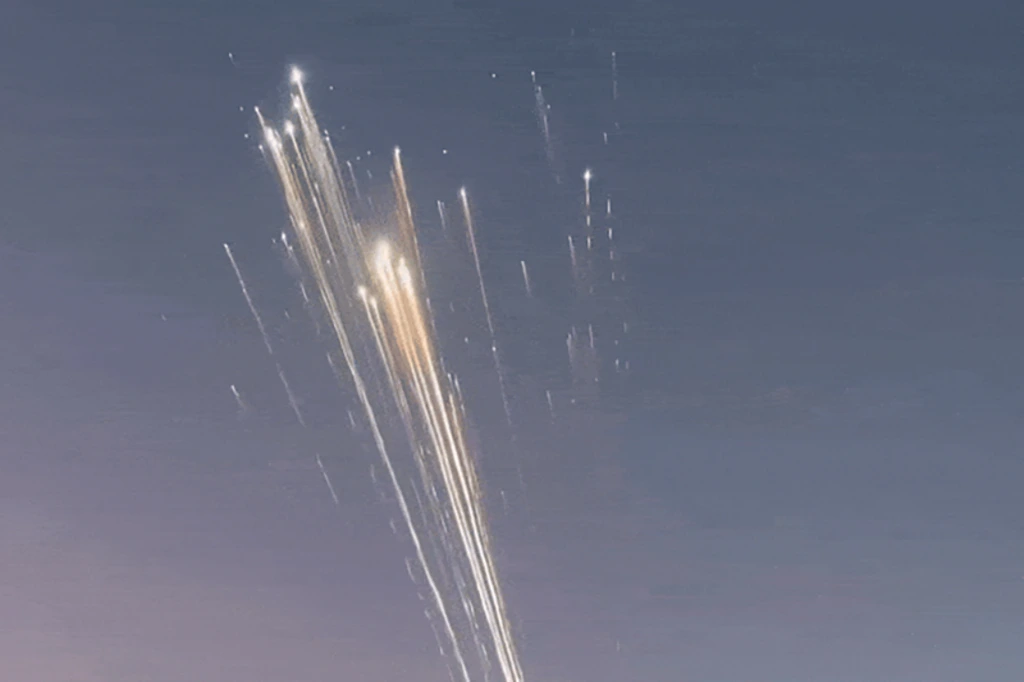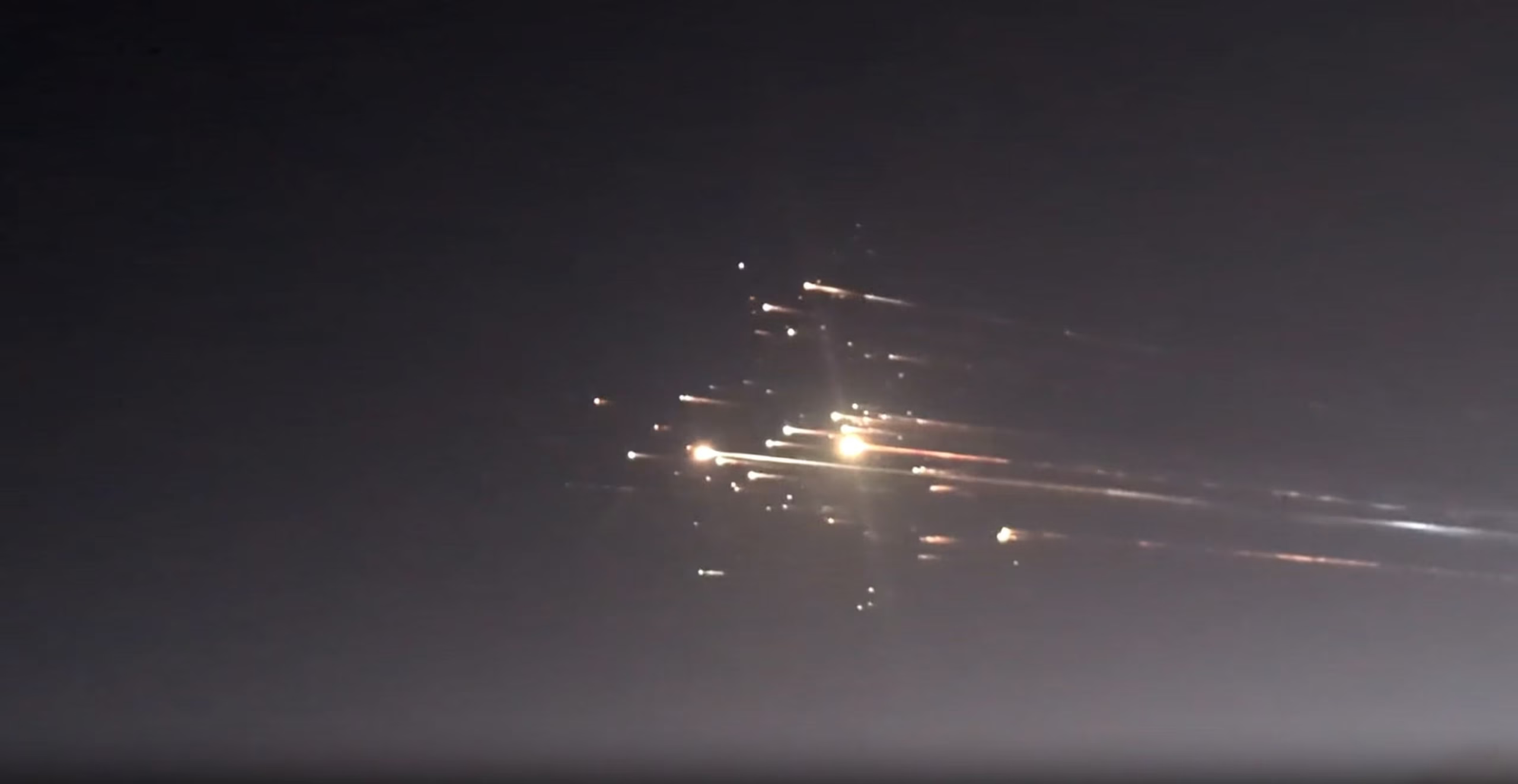On March 6, 2025, SpaceX eighth Starship test flight ended in an explosion over the Caribbean, marking a significant setback for the company’s ambitious space exploration goals. The incident not only resulted in the loss of the spacecraft but also led to widespread debris across the Bahamas and parts of Florida, prompting immediate regulatory and operational responses.
Launch and Initial Ascent
The mission commenced with a launch from SpaceX’s Starbase facility in South Texas. The Super Heavy booster ignited successfully, propelling the Starship spacecraft into its planned trajectory. However, shortly after stage separation, the Starship experienced a series of engine failures. At T+8:04 minutes into the flight, four engines—three sea-level Raptors and one Raptor Vacuum (RVac)—shut down unexpectedly. This anomaly led to a loss of attitude control and subsequent communication with the vehicle.
Explosion and Debris Distribution
Following the loss of control, the Starship spacecraft began to disintegrate, releasing debris over a vast area. Residents across the Bahamas and parts of Florida reported witnessing flaming debris descending from the sky. The Federal Aviation Administration (FAA) responded promptly by issuing temporary ground stops at major airports, including Newark and Miami, to ensure public safety amidst the falling wreckage.
Regulatory Actions and Investigations
In the aftermath, the FAA initiated an investigation into the cause of the explosion. The agency’s immediate actions included grounding the Starship program until a thorough analysis could be conducted to prevent future occurrences. This incident marked the second Starship explosion in 2025, following a similar failure in January, raising concerns about the spacecraft’s reliabilit



SpaceX’s Operational Response
SpaceX acknowledged the severity of the situation and committed to a comprehensive review of the flight data to identify the root causes of the failure. The company emphasized its dedication to ensuring the safety and reliability of its spacecraft, especially given Starship’s pivotal role in future missions, including plans for crewed missions to Mars.
Community Impact and Safety Measures
The debris from the explosion caused minimal damage to infrastructure in Puerto Rico and the British Virgin Islands. No injuries were reported, but the incident underscored the need for enhanced safety protocols during test flights. Local authorities collaborated with federal agencies to secure the affected areas and facilitate the safe retrieval of debris.
Looking Ahead
The repeated failures of the Starship program in 2025 have prompted SpaceX and regulatory bodies to reassess current testing and operational procedures. Ensuring the safety of both the spacecraft and the communities in the vicinity of test flight paths has become a top priority. As investigations continue, the aerospace industry watches closely, understanding that the outcomes will influence the trajectory of future space exploration endeavors.
Flight Profile and Anomalies
The mission commenced with a nominal launch from SpaceX’s Starbase facility in Texas. The Super Heavy booster performed its ascent burn successfully, and stage separation occurred as planned. However, during the Starship’s ascent, multiple engine shutdowns were observed:
- T+7:39 minutes: One central Raptor engine failed.
- T+8:02 minutes: A second central Raptor engine shut down.
- T+8:04 minutes: A Raptor Vacuum (RVac) engine experienced failure.
- T+8:18 minutes: Another RVac engine shut down.
- T+8:24 minutes: The final central Raptor engine failed.
These sequential engine failures led to a loss of attitude control, and telemetry was lost at T+8:26 minutes, approximately 27 seconds before the planned engine cutoff. The spacecraft was subsequently observed breaking up over the Caribbean region, with debris reported over Florida, the Bahamas, Jamaica, and the Turks and Caicos Islands.
Conclusion
The explosion of SpaceX’s Starship over the Bahamas serves as a sobering reminder of the inherent risks associated with space exploration. While technological advancements continue to push boundaries, ensuring rigorous safety standards and transparent operational practices remains crucial. As investigations proceed, stakeholders anticipate detailed findings that will shape the future of space travel and technology.
- Newsroom47
FOLLOW:https://newsroom47.com/srf-share-price-trends-stock-performance/
Newsroom 47
